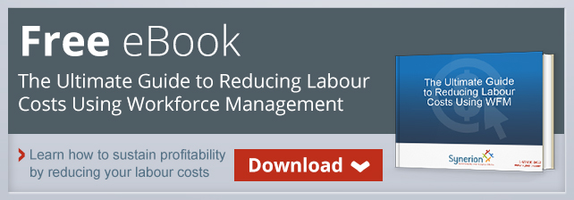
If productivity is lagging or morale is bottoming out after a big project, creating an employee reward system for performance may be just the trick to getting your business back on track. The short-term benefits of a reward system can be extended to increase employee engagement, but only if implemented correctly. These tips can help you build an effective reward system for employee performance goals.
Keep Rewards Fresh
One reason that businesses cite not implementing a reward system for employee performance is temporary compliance. An employee of the month program may increase productivity the first month, but interest quickly dwindles. All the work of creating that program provides only short term benefits. To avoid employees lapsing back into pre-reward productivity, it's important for employers to keep the incentive programs new and exciting. Change up employee reward systems quarterly or yearly to reignite excitement about the plan.
Balance Rewards
Building an employee reward system for staff performance has a lot in common with balancing a see-saw. Reward programs too heavily focused on employee milestones such as birthdays and anniversaries quickly turn into an employee benefit rather than a reward for employee work. Reward programs that are highly specialized, like customer feedback, alienate those behind-the-scenes workers who can't achieve the incentive and end up decreasing company morale. Reward systems should be applied to the entire organization rather than a single sector and hit overarching company goals to maintain interest.
Focus on Recognition and Appreciation
Rewards alone do little for employee performance. At their worst, they provide temporary increases in productivity. At best, rewards perpetuate a culture of recognition and appreciation which improves company morale and employee engagement. When it comes to implementing rewards, you want to be the latter company, not the former. Rewards should serve as a mechanism to increase employee recognition and performance. That can be through something as simple as a personal letter of thanks from the CEO for your top performer or as expensive as a company outing to a local theme park. Making the goal of your employee reward system to create a more engaged workplace turns short term benefits into cultural changes.
Offer Time and Experiences
With previous generations, employers focused on monetary rewards but the expectation of a healthy work-life balance by the millennial generation make cash rewards less appealing. Instead, time off and experiences are more highly valued which is a boon for employees and employers. Rather than offering bonuses for rewards programs, consider offering a long lunch, a day off, or an afternoon team building with the company. Time is more highly valued to employees and increases overall productivity for the company by allowing employees a time to refresh. Implement rewards that value time over cash.
Reward Continued Excellence
One facet of a successful reward system for employee performance is ongoing acknowledgement of excellent work. While nearly any employee can meet sales goals for a month or receive positive customer scores in a single quarter, an employee that continually meets and exceeds expectations should receive a higher reward than an employee hitting a milestone a single time. Using workforce management software to track and reward employees who continually rise above the expected not only gives employees a goal to shoot for but excellent employees an additional bonus for their work.
Employee performance rewards, when implemented correctly, offer a lot of benefits to employees and employers. For the business, employee rewards systems increase morale, productivity and engagement. For employees, rewards offer a way to be appreciated and feel engaged in their daily work. Use these tips to develop an employee reward system at your workplace this quarter.
